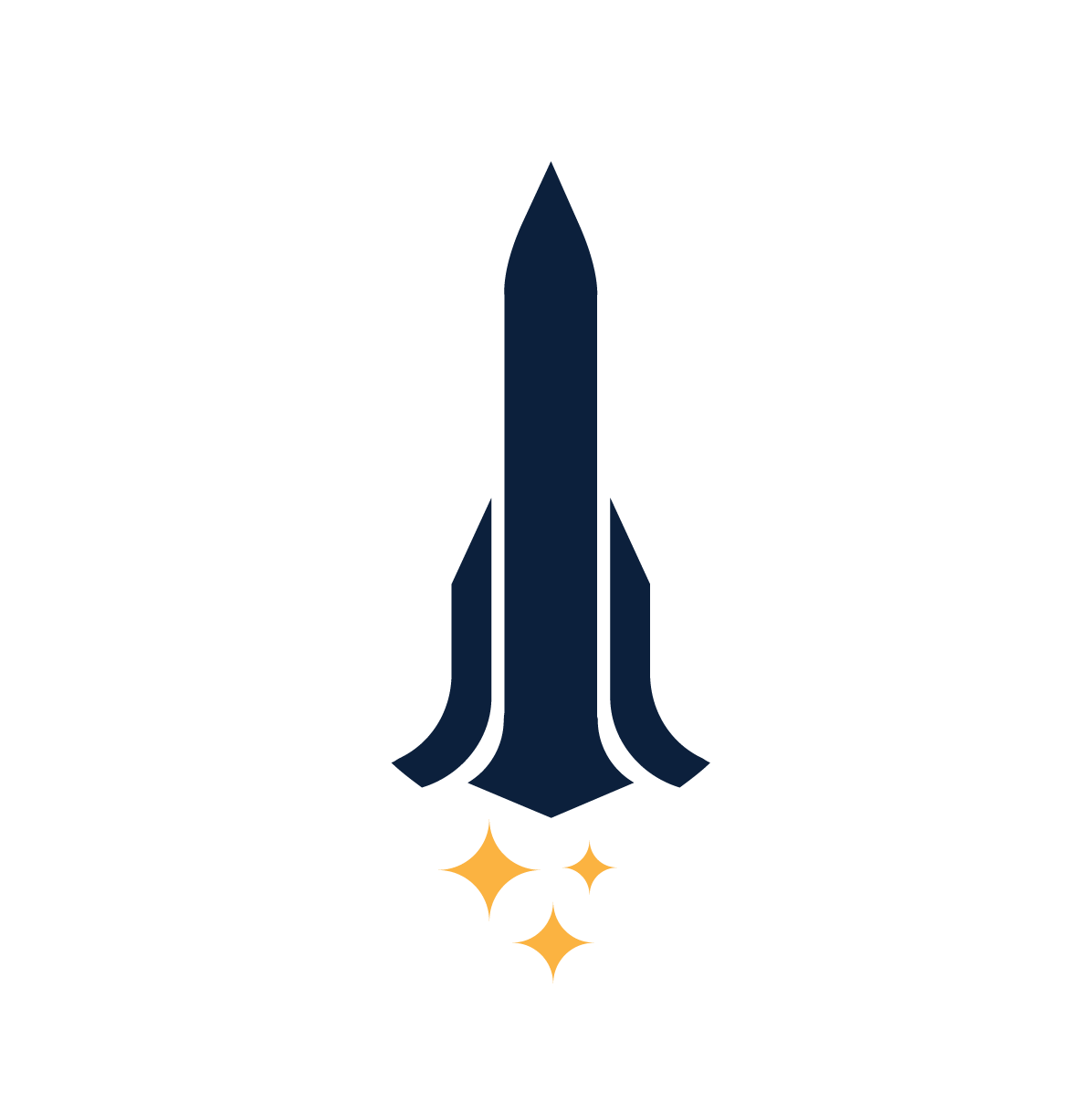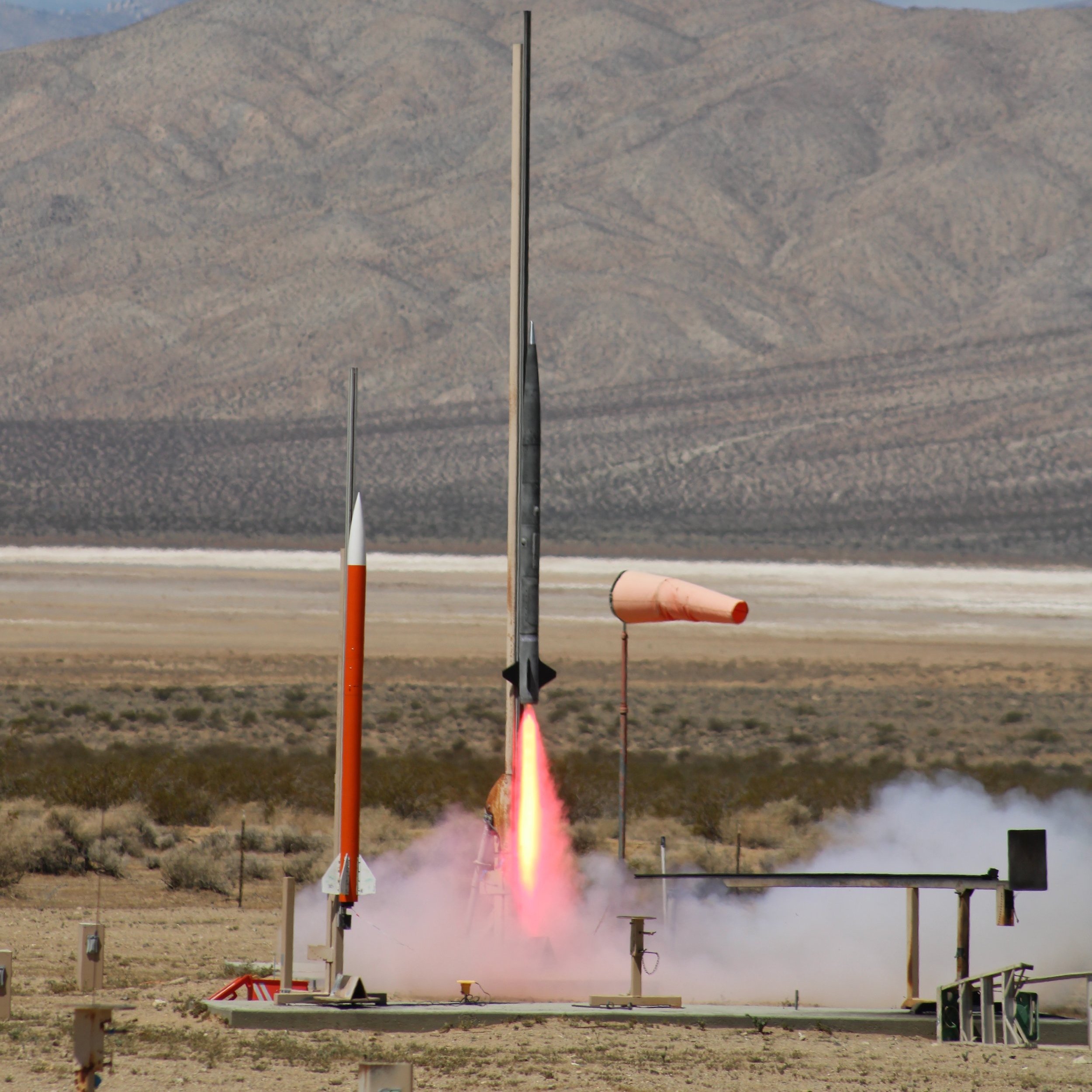LAD-7
In April 2022, Space Enterprise returned to the Mojave Desert, not only to operate a vertical static of Eureka-1, but also to launch a new LAD.
LAD-7 was notable for two primary reasons:
It was the first SEB rocket that used an entirely MJF 3D-printed nylon airframe.
It produced the most aggressive launch failure in the history of SEB (so far).
200 Feet
TOP Altitude
8.4 Feet
Rocket Height
0.4 Mach
TOP Speed
4.8 Inch
Rocket Diameter
PROJECT HIGHLIGHT
Fully 3D printed airframe
LAD-5 featured a 3D printed substrate augmented by outer composite layers, and previous LADs relied on composites solely. 3D printing the airframe of LAD-7 allowed us to entirely skip the time-intensive composite layup and post processing steps that made up a large portion of the work dedicated to building LADs.
Ultimately, the methods used to manufacture LAD-7 (and later LADS) aligned much more closely with the overall goals of the program: to provide a quick turnaround avionics testbed. LAD-7 demonstrated that we had the capability to build an entire high powered rocket in the timescale of weeks rather than semesters.
Launch analysis
Recovery Failure
Unfortunately, the flight itself did not endow confidence in the concept. Gusts of up to 30mph at the FAR launch site forced the rocket into a high angle of attack situation very early into the flight. At this point, the rocket had not achieved sufficient velocity and subsequent airflow over the fins to counteract this sudden change in attitude.
This unexpectedly high windage at the launchpad combined with an insufficient static margin resulted in the rocket aggressively pitching over a few seconds into the flight and plowing into the desert at an immense speed. Quite ironically, LAD-7 lived up to its name accurately, as its trajectory traced the number 7 across the Mojave sky.






